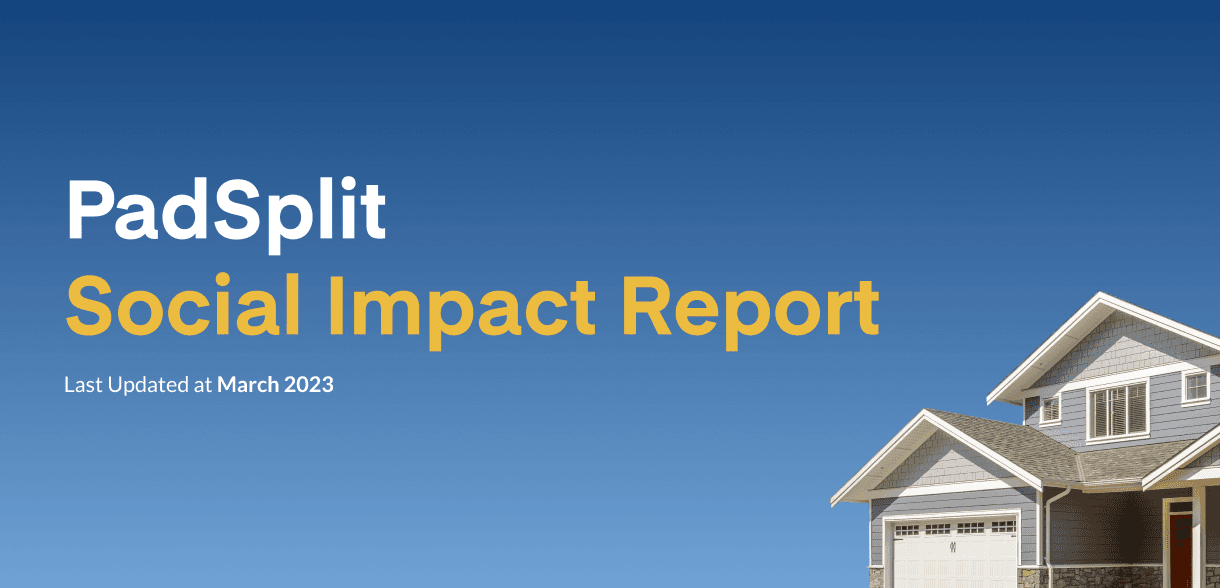55 years ago, Congress declared it illegal for private individuals to discriminate in the sale or rental of housing based on race, color, national origin, religion, sex, familial status, and disability.
The passage of the Fair Housing Act (FHA) had two objectives: to ensure equal access to housing opportunities for every individual and to promote an integrated nation. Its passage was not easy and as President Lyndon B. Johnson remarked, the bill “had a long and stormy trip.”
While legislation is necessary to set precedents, enable enforcement, and build inroads to transformation, government action to address social problems so deeply embedded in a country rarely produces a homerun.
The Fair Housing Act was no different. Despite its crucial role in promoting fair housing practices and tipping the scales towards equality, it was also flawed with its share of holes.
Perhaps to secure an already tenuous passage (two earlier versions of the bill previously failed), the final bill included compromises that limited the Department of Housing and Urban Development’s (HUD) enforcement capabilities.
Although the department is responsible for enforcing the FHA, it has limited resources to investigate every complaint. Moreover, HUD can only impose monetary fines and issue cease-and-desist orders, which may not be sufficient to deter repeat offenders or compensate victims adequately.
The law also places the burden of enforcement on victims, who must file a formal complaint to trigger an investigation into a potential violation or sue in federal court to affirm their rights.
Another weakness of the FHA is the lack of clarity and consistency in its interpretation and application. The law does not provide clear guidance on what constitutes discrimination and how to prove it. As a result, courts and enforcement agencies often interpret and apply the law differently, leading to uneven and unpredictable outcomes.
The FHA also faces challenges in addressing the persistence of segregation and concentrated poverty in many communities. Despite the law’s goal of promoting integration, many neighborhoods remain racially and economically divided, which can limit access to quality education, healthcare, and employment opportunities.
Providing access to all neighborhoods is vital in producing equity and can’t be understated. A person’s potential for success can be directly influenced by their neighborhood. One economic study showed that moving from a high-poverty neighborhood to a low-poverty neighborhood before the age of 13 raised future incomes by 31%, improved college attendance, and reduced teenage pregnancy.
Moreover, the law does not address other factors contributing to housing inequality, such as zoning laws, land use policies, and market forces.
Federal loan programs not fulfilling the FHA promise
For decades, HUD’s mortgage policies have discouraged more affordable mixed-use, multifamily construction while prioritizing the creation of single-family housing that remains out of reach for many lower-income populations. These populations often include minorities and other underserved communities who should be protected by the Fair Housing Act – yet the lack of equal housing opportunities persists.
Discrimination in the housing market, combined with the legacy of redlining and discriminatory lending practices, for example, has made it harder for black Americans to secure affordable and quality housing – and has been compounded by structural inequalities in education and employment.
People of color are disproportionately represented among the homeless, with black and Indigenous Americans experiencing the highest rates. HUD released its 2022 Annual Homeless Assessment Report (AHAR), Part 1, and showed that while black Americans represent just 12% of the U.S. population, they accounted for 37% of all people experiencing homelessness in 2022.
According to 2021 data, black Americans experienced a poverty rate of 19.5%, which is higher than the national poverty rate of 11.6%. To further sharpen the lens on income disparity, in 2019, the median black household earned just 61 cents for every dollar of income the median white household earned (up from 59 cents in 2018).
These insights underscore the urgent need for expanding access to reliable, affordable housing.
The housing gap is widening
As the majority of Americans want walkable communities with accessible multi-family housing, housing finance rules support single-family development and are impeding the private market from creating enough housing choices to meet this demand. This further distances people from homeownership and pushes them into rentals that are either unaffordable or undesirable – and physically far from their jobs.
A 2016 report shows that 81% of federal loans and loan guarantees support single-family home ownership. At the same time, loan performance research shows that “loans in walkable, mixed-use neighborhoods are less risky than those in single-use, single-family neighborhoods.”
The FHA vision of bringing equal housing access to all remains unrealized. Federal loan programs continue to discourage rehabilitation, perpetuate disinvestment in high-poverty neighborhoods, and reinforce areas of concentrated poverty.
Without regulation reformation that can produce more affordable housing options that align with market principles, prices will continue to increase. And when governmental capacity to address a nation’s needs with agility and speed falters, where do we turn?
The answer to this national housing problem may just come from a previously discounted source: the private market.
While changing federal rules to support construction and renovation that positively impacts communities is important – it’s also burdened with blockades that stall progress. And we can’t wait for fair housing.
Securing reliable, safe housing that’s closer to the urban core – at a fraction of regular housing costs – is the key to building financial health and personal opportunity. If we can help move people into desirable yet previously inaccessible housing, we can reduce the barriers that keep people in cycles of poverty and assist them in moving forward.
PadSplit has been working within the existing holes to eliminate these longstanding barriers to housing because the repercussions of unreliable housing are all too real for many Americans. In 2023, the market and inventory no longer match the needs. There are more single, low-income renters, yet the inventory is largely for single families with multiple children.
By embracing coliving and creating a marketplace that matches the low-income workforce with real estate investors who are converting these single-family homes into multi-unit coliving spaces, we are creating the affordable housing the Fair Housing Act envisioned.
The Fair Housing Act offered up a well-meaning promise to prevent these repercussions – but sadly, over the last 55 years, it has yet to be fulfilled. Now, it’s our work to help fulfill it. And with a new perspective and an innovative approach that looks beyond the legislature, we believe we can.


